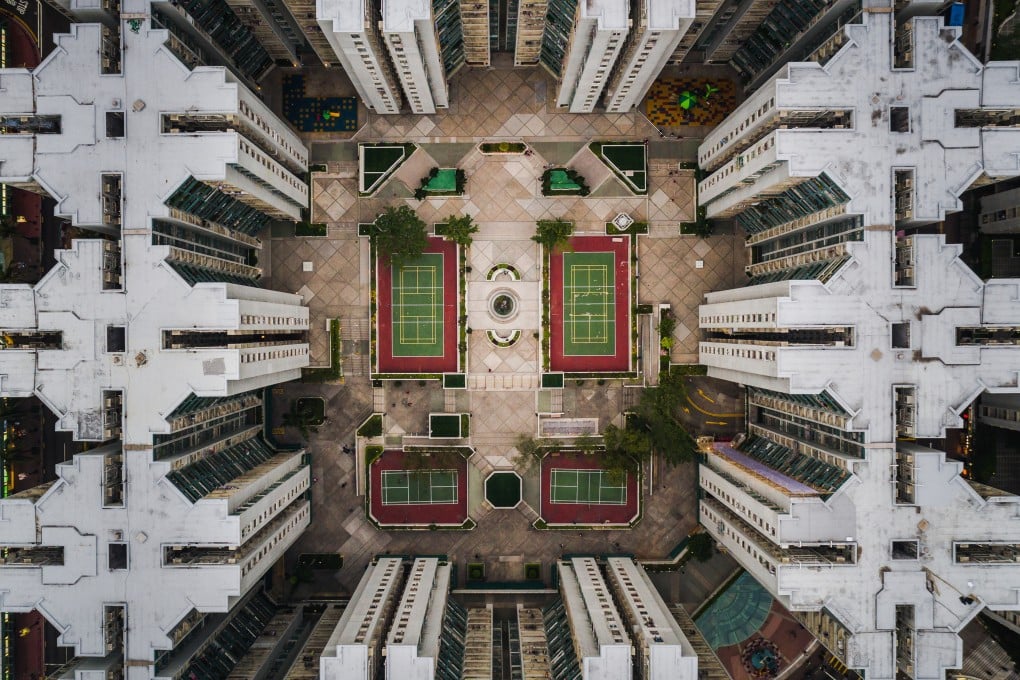The design secrets of Hong Kong’s private housing estates
These residential complexes may look identical, but new book Cities of Repetition unveils their distinct architectural identities – from Mei Foo Sun Chuen to Sha Tin’s City One

His assessment? “I would say they’re quite boring,” declares Chan, the founder of interior design house Hintegro. “There are many limitations when I design an interior for big estates. You don’t have any freedom or flexibility to remove anything.”
That’s not an unusual opinion of the enormous high-rise housing estates that have come to define Hong Kong’s urban landscape. They have become as much a shorthand for the city as neon once was, thanks in part to artists such as Michael Wolf, whose book Architecture of Density (2012) – which featured dispassionate views of estate towers that seemed to have no beginning or end – was an international success. And while their visual monotony is sometimes derided as soulless, roughly a million people live in Hong Kong’s 100 largest private housing estates. When you dig deep, these developments may be more interesting than they appear.

Scholars Jason Carlow and Christian Lange came to this discovery while working on their recently published book, Cities of Repetition: Hong Kong’s Private Housing Estates. Carlow and Lange met when they were both teaching in the University of Hong Kong’s Faculty of Architecture: Lange is still there but Carlow has since moved to the American University of Sharjah, near Dubai.
“We were both interested in software technologies that allow students and professors to very easily adjust building form and shape,” says Carlow. This means buildings can be designed and built as if on an assembly line, with standardised shapes and components. Diving into the idea of standardisation led them to Hong Kong’s ubiquitous housing estates. “I was fascinated on one hand, but on the other, shocked by the sheer repetition of buildings in Hong Kong,” says Lange. “It’s just amazing.”

They also discovered that, while there has been plenty of research into the history and form of Hong Kong’s public housing estates – home to more than half the population – there has been relatively little exploration of the private estates built by large property developers. “They had not really been researched or documented,” says Lange.